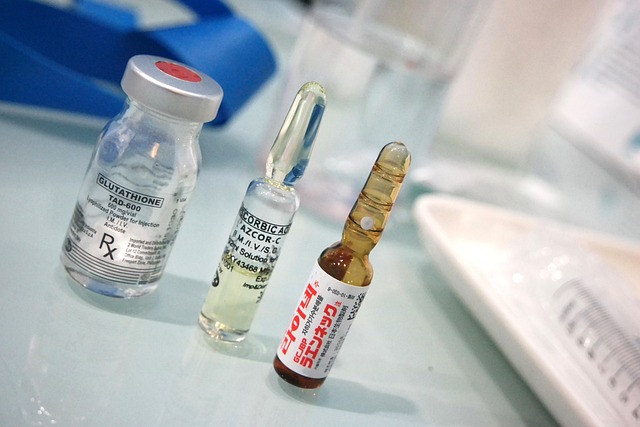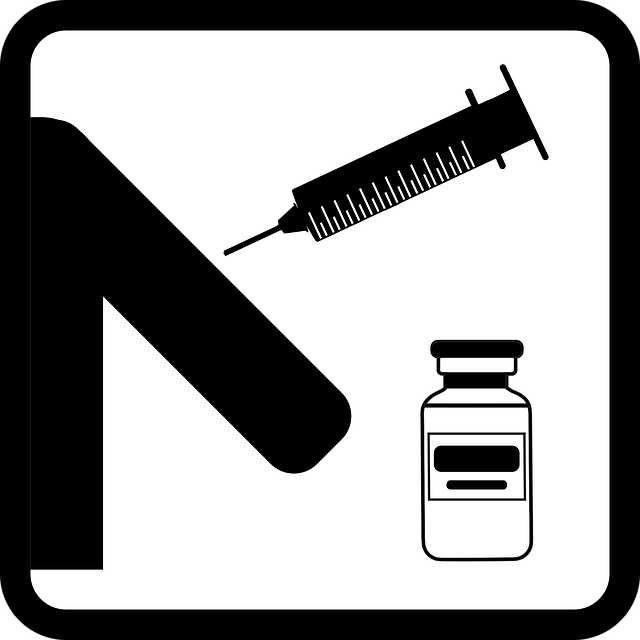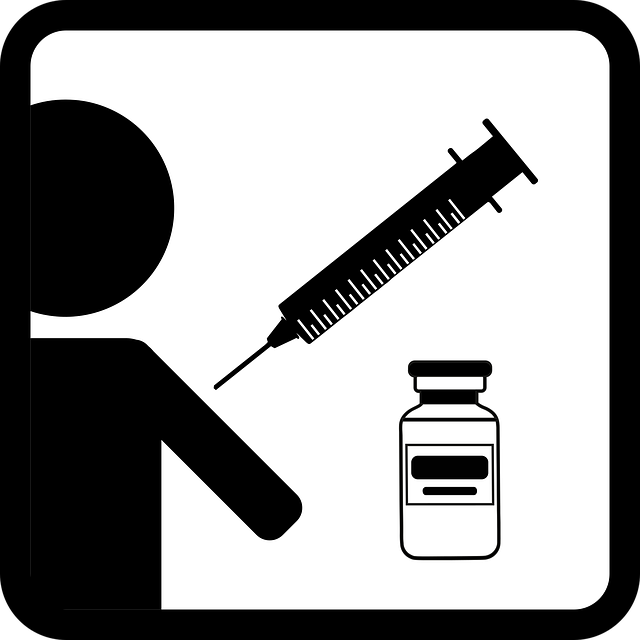Semaglutide's injectable form aids weight management and type 2 diabetes treatment but may cause local reactions like redness, swelling, or pain at injection sites. These reactions range from mild to moderate and resolve within days. Education on recognizing, reporting, and managing these symptoms is vital for patients and healthcare providers. Proper injection technique, site rotation, and home remedies help minimize discomfort. Severe reactions or systemic side effects require immediate medical attention. Techniques like deep breathing and topical anesthetics can enhance patient comfort during injections. Long-term management involves patient education on ISR recognition and prevention through consistent routines.
Injection site reactions are a common concern with semaglutide, a revolutionary semaglutide injectable form used in diabetes management. This comprehensive guide delves into the understanding, prevention, and management of these reactions. From recognizing common side effects like redness and swelling to addressing mild to moderate inflammation, this article offers practical advice. Learn when to seek medical attention and discover preventive measures for optimal injection sites. Additionally, explore alternative techniques to enhance comfort during injections and gain long-term considerations for patient education.
Understanding Semaglutide Injection Site Reactions

Semaglutide, in its injectable form, is a medication that has gained popularity for weight management and type 2 diabetes treatment. However, like any other medication delivered via injection, it can cause local reactions at the injection site. These reactions are typically mild to moderate and can include redness, swelling, itching, or pain. Understanding these potential side effects is essential for both patients and healthcare providers to ensure proper management and patient comfort.
The occurrence of semaglutide injection site reactions may be influenced by various factors such as injection technique, frequency, and individual sensitivity. Patients should be educated on recognizing these reactions and reported to their healthcare team promptly. Simple measures like applying a cold compress, using antihistamines for itching, or elevating the affected area can help alleviate symptoms. In most cases, these reactions subside within a few days, but if persistent or severe, further medical intervention may be required.
Common Side Effects: Redness and Swelling

Redness and swelling at the injection site are among the most common side effects associated with semaglutide, particularly in its injectable form. These reactions are typically mild and transient, occurring within a few hours to a couple of days after administration. The extent of redness and swelling can vary from person to person, ranging from a subtle pinkness to a more pronounced inflammation.
In most cases, these side effects subside without any specific treatment. However, patients are advised to take certain precautions, such as applying a cold compress for 15-20 minutes several times a day to reduce swelling and discomfort. It’s important to remember that while redness and swelling may be noticeable, they do not necessarily indicate an infection or a serious adverse reaction.
Managing Mild to Moderate Inflammation

Mild to moderate inflammation at the injection site is a common occurrence with semaglutide, especially in the initial stages of treatment. This can manifest as redness, swelling, or pain around the injection area. To manage these reactions, patients are advised to apply a cold compress to the affected site for 15-20 minutes several times a day. Over-the-counter pain relievers, such as acetaminophen or ibuprofen, can also help alleviate discomfort. It’s important to remember that these symptoms usually subside within a few days and are not indicative of a serious reaction.
Additionally, rotating injection sites can reduce the likelihood of prolonged inflammation. Patients should avoid injecting into the same area repeatedly, allowing for sufficient time between injections to minimize tissue irritation. If inflammation persists or worsens after several days, consulting a healthcare provider is recommended. They can offer further guidance and ensure that no alternative causes for the reaction are overlooked, especially if using semaglutide’s injectable form.
When to Seek Medical Attention

If you experience severe or persistent pain, swelling, redness, or itching at the injection site after administering semaglutide in its injectable form, it’s crucial to seek medical attention immediately. These symptoms could indicate an adverse reaction that requires prompt evaluation and treatment.
Additionally, watch for signs of infection such as increased warmth, tenderness, or discharge at the injection site. If you notice any unusual or severe side effects, especially those affecting your entire body like nausea, dizziness, or difficulty breathing, don’t delay in contacting a healthcare professional. Timely medical intervention can help manage and prevent potential complications associated with semaglutide injections.
Preventive Measures for Optimal Injection Sites

Optimal injection site selection and proper technique are crucial to minimizing reactions, especially with semaglutide’s growing popularity in its injectable form. Healthcare providers should encourage patients to choose areas with minimal subcutaneous fat, such as the upper arms or thighs, which reduce the risk of visible deformities if a reaction occurs. Additionally, rotating injection sites can help prevent local tissue damage and inflammation.
Education plays a vital role in management; patients should be taught proper injection techniques, including slow administration to minimize discomfort and potential adverse effects. Regular monitoring for signs of reactions post-injection is essential, allowing for prompt intervention if necessary. This proactive approach ensures the safety and comfort of patients using semaglutide, enhancing their overall treatment experience.
Alternative Techniques for Comfort During Injection

Many individuals receiving injections, particularly with semaglutide injectable forms like those used for diabetes management, may experience discomfort or anxiety. To enhance comfort during injections, several alternative techniques can be employed. One effective approach is deep breathing exercises, which help to relax muscles and reduce stress levels, making the procedure less daunting.
Another strategy involves progressive muscle relaxation, where patients tense and then release different muscle groups in a systematic manner, leading to overall body calmness. Visualisation techniques, such as imagining a peaceful scene or using guiding videos, can also distract from the injection process. Additionally, some healthcare providers recommend topical anaesthetics to numb the injection site, offering a more comfortable experience for patients.
Long-term Considerations and Patient Education

Long-term considerations for patients receiving semaglutide injectable form are essential to ensure optimal management of injection site reactions (ISRs). Education plays a crucial role in empowering patients to self-manage their treatments effectively. Healthcare providers should educate patients about recognizing and managing common ISRs, such as redness, swelling, itching, or pain at the injection site. This includes instructing them on proper storage and handling techniques for the medication vials and syringes to minimize exposure to light, heat, and contamination.
Additionally, patients should be advised on rotating injection sites to reduce the risk of local tissue damage and fat atrophy. Regular monitoring of ISRs and adherence to a consistent injection routine can help prevent long-term complications. Patient education materials, such as visual guides or brochures, can be valuable tools in reinforcing these practices, ensuring patients are equipped with the knowledge to manage their semaglutide treatment safely and effectively over an extended period.
